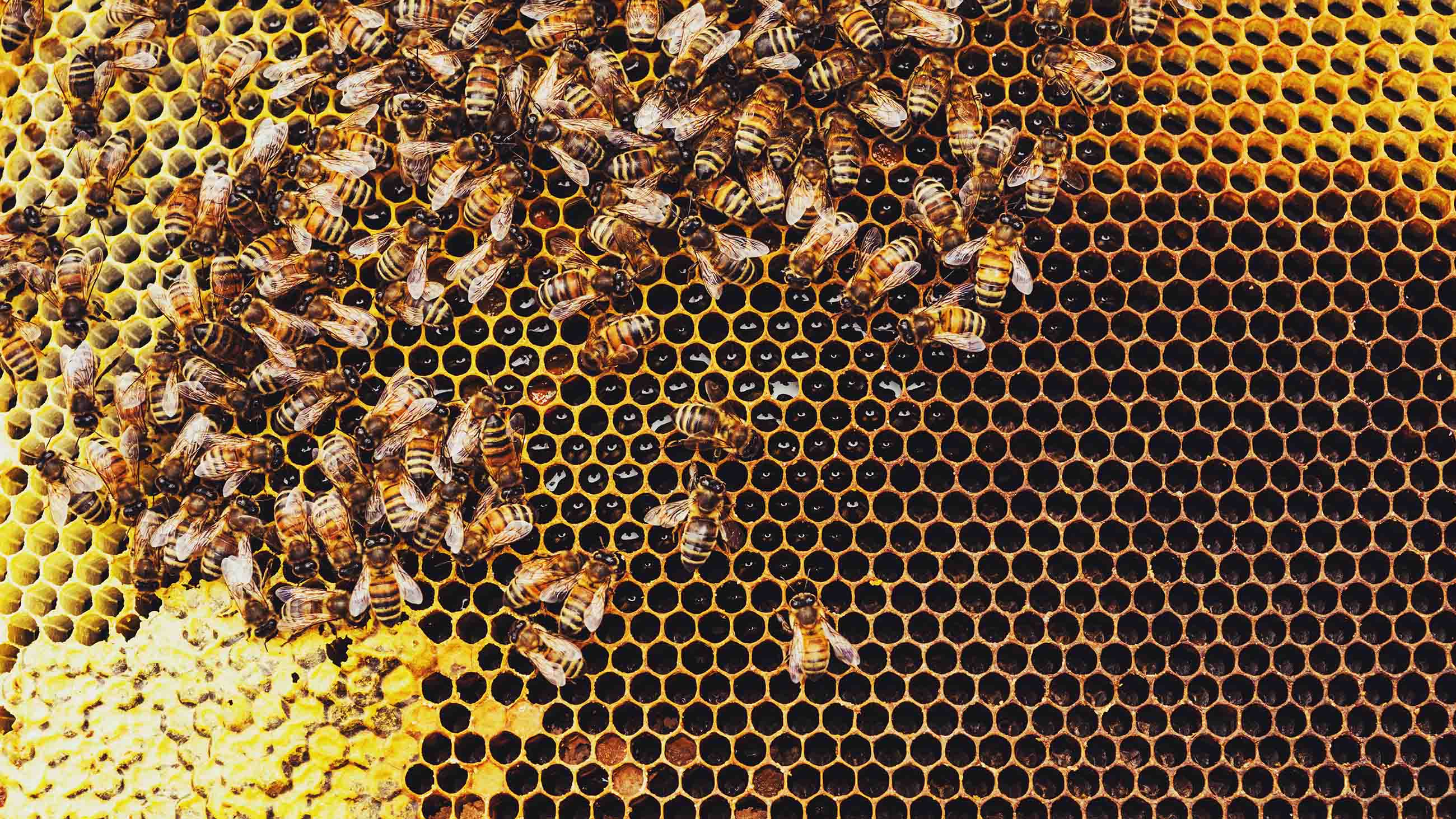Bees Are Smart. Pesticides, Not So Much.
If bumblebees can learn to play fetch, what else might their brains be capable of? This is just one of many questions that researchers prompted when they published a study late last month suggesting that we might have more in common with these tiny insects than we realize.

In their experiment, scientists from Queen Mary University of London demonstrated the intelligence of buff-tailed bumblebees (Bombus terrestris) by training them to roll a ball onto a target in exchange for a sugary reward. That might seem remarkable enough, but perhaps even more interesting was the way in which the insects learned. The researchers showed that the bees learned to complete the task more quickly by watching another bee successfully perform it first. (Both live bees and “model” bees were used.) The observers were even able to make some efficiency adjustments of their own.
That bees would have such high levels of cognitive sophistication might seem surprising, but it actually makes some sense. Like humans, bumblebees and honey bees are deeply social creatures, and this study seemed to shed light not just on how the insects think, but on the power and importance of social learning — and how critical that is to the successful operation of a colony.
That is one key reason why the ongoing use of agricultural pesticides — many of which have been shown to have profound effects on bee behavior and cognition — remains such a concern.
Neonicotinoids, or “neonics,” as they are often called, are a widely-used class of insecticides that have been proven to cause brain dysfunction and impair the learning and social behavior of honey bee and bumblebee colonies. These chemicals are used primarily in agricultural and landscape settings, with the intended purpose of attacking the nervous system and brains of insects that can damage crops, causing tremors, paralysis and eventually death. But instead of just harming crop and plant pests, neonics are wreaking havoc on beneficial insects of all kinds, especially bees.
If you ever played the children’s game pin the tail on the donkey, you can relate. Blindfolded and off-balance, your sense of place and position is turned upside down, so that you can barely find the wall, let alone the target. This is not unlike what studies have suggested bees experience amid relentless exposure to agricultural chemicals. The insects’ navigational abilities are harmed, keeping them from being able to find food, pollinate, or make it home to the hive. Researchers have also found that bumblebee colonies exposed to neonics performed poorly in terms of not only memory and learning, but also nest size, health, and the reproductive capacity of the queen.
Talk about a buzzkill.
Worse still, just like people, these important pollinators can become addicted to substances that are harmful to their brains and bodies – which is exactly the case with neonics (a chemical cousin to nicotine). In one startling study out of Newcastle University, researchers found that bees were actually more attracted to flowers contaminated with neonic residues.
And make no mistake: Neonics are virtually inescapable. The same few agrichemical companies that own and sell many of the world’s seeds also manufacture neonic pesticides. And they’ve found a creative way to amplify their profits in both markets by coating their seeds in the chemicals. These seeds then grow into the addictive, contaminated crops that bees are poisoning themselves with when foraging for pollen and nectar.
It is acknowledged that there are numerous factors contributing to the widespread collapse of entire bee colonies in many areas — including parasites, disease, and habitat loss. But it is clear that even low levels of agricultural pesticides also play a role. They are enough to scramble the brains of some bees, making the risks and potential consequences too high.
While it may be amusing to think about a couple of bees playing a game of ball, the Queen Mary University study leaves us with some serious considerations.
While we’ve only just begun to understand and appreciate the complexities and capabilities of bee brains, we do know enough to understand that neonics are significantly harming these remarkable insects. And if we are still learning that bees are, in some ways, not so different from humans, how else — beyond losing the creatures that, along with birds and bats, affect one-third of the world’s crop production — might we, also, be dangerously affected by neonics in ways that we can’t yet understand?
Larissa Walker is the Pollinator Program Director at the nonprofit Center for Food Safety.










